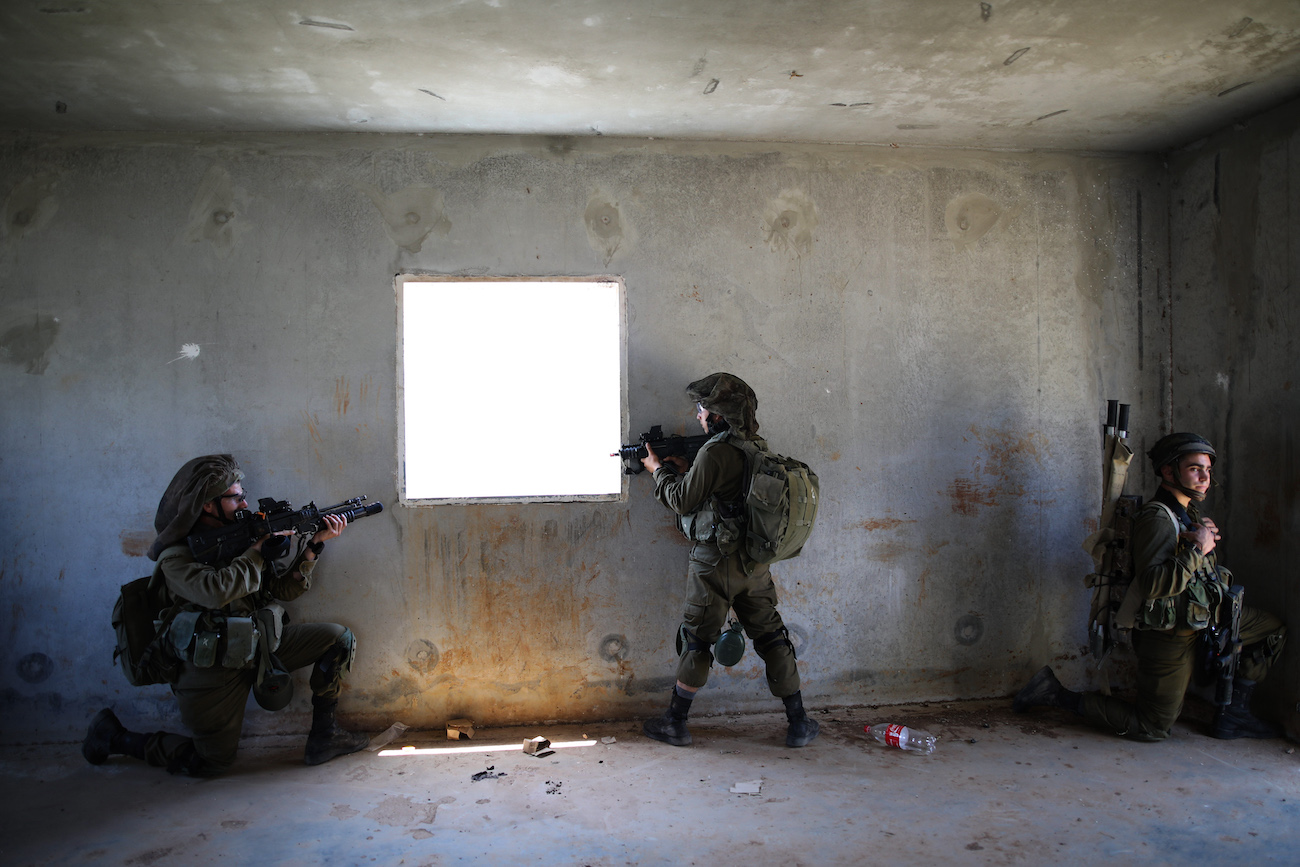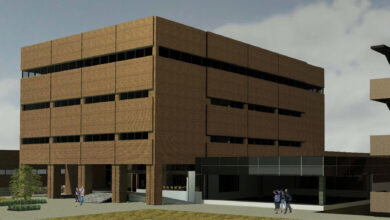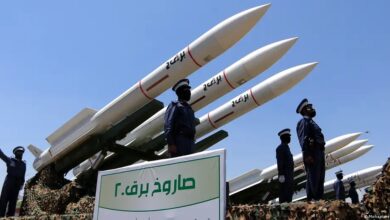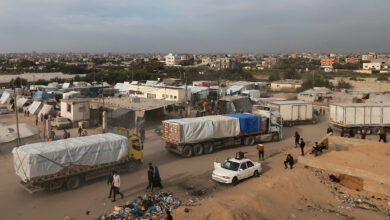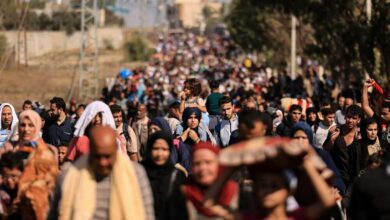Israeli defense firm Rafael last week displayed an artificial intelligence-driven system involving drones and robots entering a building and scanning its interiors.
The technology, jointly developed by Rafael and visual AI platform company Anyvision, allows for the drone and robot to operate autonomously in an urban warfare scenario, minimizing the risk of human involvement.
“We use commercial platforms and integrate the autonomous operational capabilities and our AI-driven computer vision,” Shmuel Olanski, head of Rafael’s innovation program center, told tech news website Calcalist.
“Identifying targets automatically has been operational for years in air forces and naval forces across the world, but infantry forces weren’t able to benefit from it – until now.”
Lethal Autonomous Drones
To demonstrate the technology, Rafael used robotic platforms, including the four-legged Spirit from Ghost Robotics, a few nano drones, and a heavier multirotor drone.
The drones can fly for 15 minutes with a 0.4 kilogram of payload, employing advanced automatic target recognition. The four-legged robot, meanwhile, can operate continuously for two hours and carry loads up to 9 kilograms.
Both the drones can be used for lethal missions and are capable of operating in any type of lighting condition, as is the robot.
Removing the Need for Human Soldiers
The system could be used to map an entire building before human entry or acquire and designate targets indoors for other weapon systems. If the need for human soldiers in such a scenario does arise, the system is able to provide them with accurate intelligence of threats that await them inside.
Additional sensors, including ones to detect heat or proximity to objects, could be added to the system.
Rafael ultimately aims to make the system capable enough to remove the need for human soldiers in a house clearing or close-quarters battle.
Facial Recognition in the Offing
The system will get Anyvision’s facial recognition technology in the future to fully identify people, which will help operators get a better insight into a potentially hostage rescue mission.
Rafael’s technology demonstration came after the UK Ministry of Defence unveiled a similar AI-based system in October involving a drone prototype armed with a twin-barrel stabilized shotgun, which uses a camera powered with “machine vision” to identify people and objects inside a compound.
The system uses AI that allows the drone to stay upright and avoid crashing inside a small room.
The UK government reportedly gave the green light to develop the system after receiving feedback from British Army personnel posted in Afghanistan where they suffered casualties while entering barricaded buildings.
Israeli defense forces could face similar situations where the use of human shields by adversaries prevents soldiers from using firepower, resulting in prolonged house-to-house warfare to clear locations instead of bombing them from the air.

